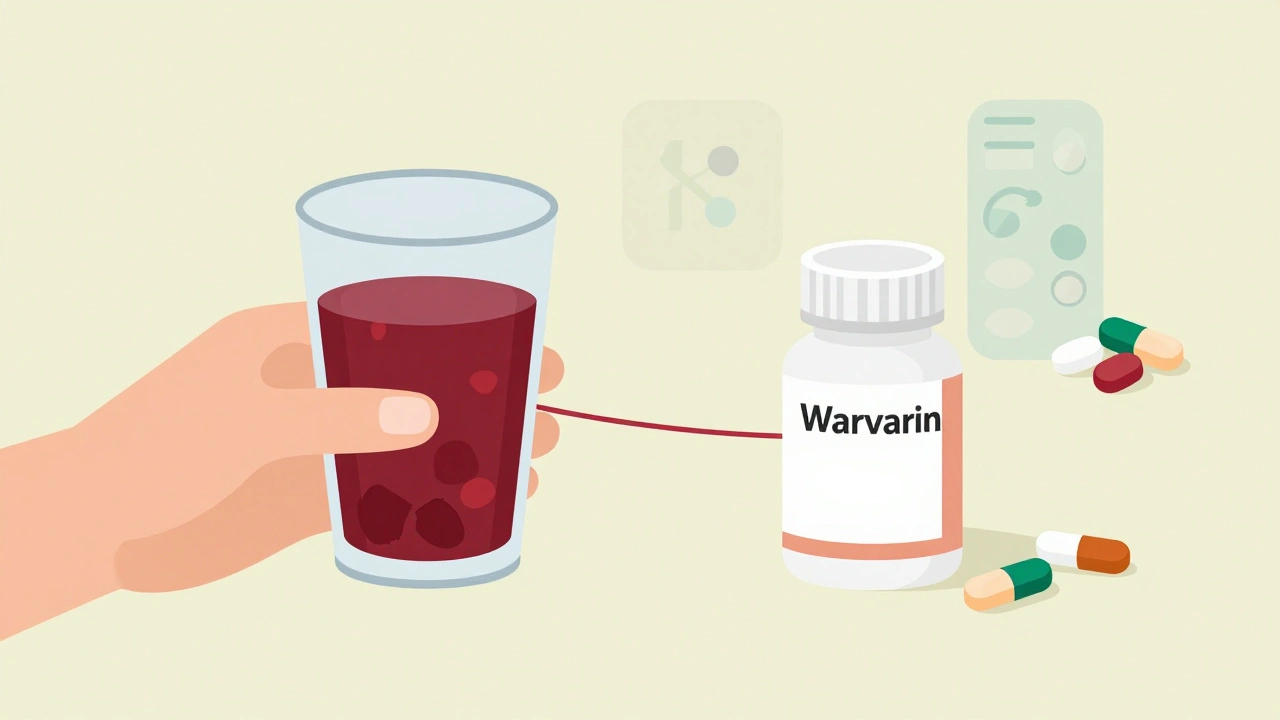Medication Interactions: What to Watch When Mixing Drugs
Ever wonder why a new prescription makes you feel off? Most of the time it’s not the drug itself but how it talks to what you’re already taking. Understanding those conversations can keep you from nasty side effects.
Why Interactions Matter
Every medication triggers chemical reactions in your body. When two drugs hit the same pathway, they can boost each other’s effect or cancel it out. For example, taking Lexapro (escitalopram) together with another SSRI like Celexa can raise serotonin too high and cause agitation or tremors.
Antipsychotics have their own quirks. Pairing Haloperidol with certain antibiotics may increase heart rhythm problems. That’s why doctors always ask about recent infections before starting an antipsychotic.
Even over‑the‑counter supplements join the mix. Red yeast rice, a natural cholesterol aid, works like a statin and can stack up with prescription statins or bempedoic acid, raising the risk of muscle pain.
Practical Tips to Spot Dangerous Mixes
1. Keep an updated list: Write down every pill, vitamin, herb, and even teas you sip. A quick glance can reveal a hidden clash before it hurts.
2. Ask your pharmacy: When you pick up a new prescription, tell the pharmacist about all other meds. They have databases that flag common red flags, like combining Effexor XR with certain blood pressure drugs.
3. Watch for timing cues: Some interactions only happen if you take drugs together. For instance, taking Micronase (repaglinide) too close to a high‑carb meal can cause low blood sugar.
4. Know the symptoms: Sudden dizziness, unexplained bruising, or a rash after starting a new med often signal an interaction. If you notice these, call your doctor right away.
5. Use reputable online pharmacies: Sites that hide ingredient lists or skip verification can sell counterfeit drugs that interact unpredictably. Stick with pharmacies that require a prescription and show clear labeling.
Real‑world example: A patient on Warfarin switched to an over‑the‑counter pain reliever without checking. The new drug increased bleeding risk because it interfered with blood clotting pathways. That simple oversight could have been avoided by a quick pharmacy check.
If you’re on multiple antidepressants, ask about serotonin syndrome – a rare but serious condition when serotonin builds up too much. Symptoms include confusion, rapid heart rate, and high fever.
For people with kidney issues, drugs like SpironoLactone need dose tweaks because the kidneys clear them slower. Mixing in NSAIDs can worsen kidney function quickly.
Finally, remember that age matters. Seniors often take more meds, so their bodies handle interactions differently. A lower dose or alternate drug might be safer.
Bottom line: stay curious about what you swallow. A quick check today saves a hospital visit tomorrow.
Cranberry juice is safe for most medications, but warfarin users need caution. Learn the real risks, debunked myths, and what experts actually recommend in 2025.
Dec, 12 2025
Wondering how to safely combine butylscopolamine with other medications? This deep-dive article uncovers the facts and honest tips you need. It walks you through specific examples, safety tricks, and the science behind common interactions. Avoid common mistakes, learn about unexpected side effects, and get smarter about your meds—all in a single practical guide.
May, 11 2025


